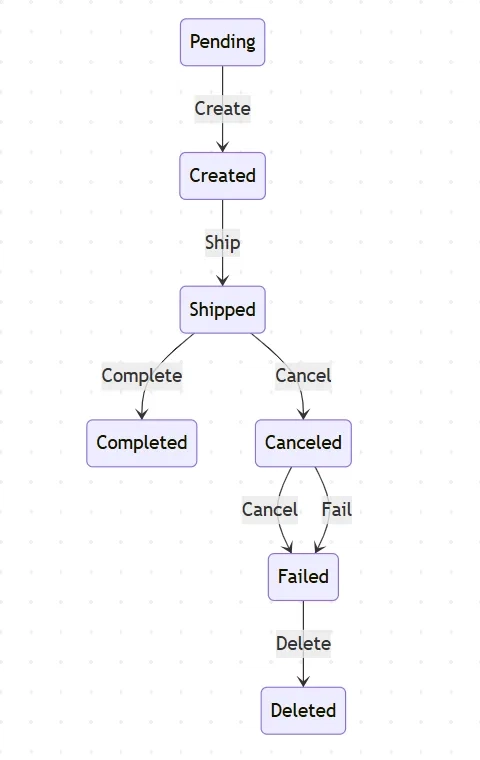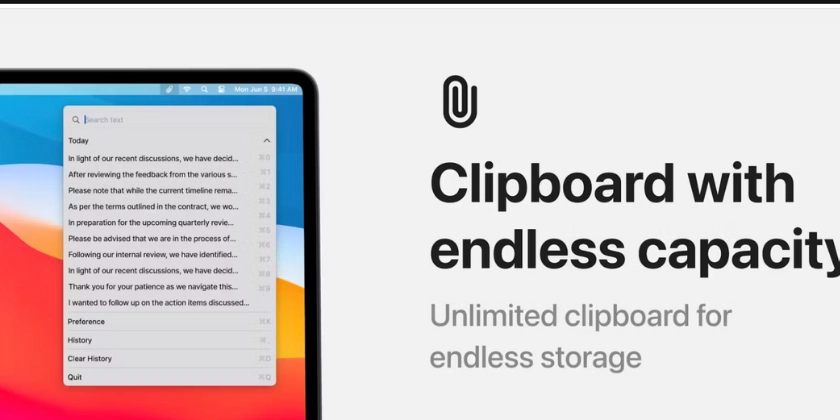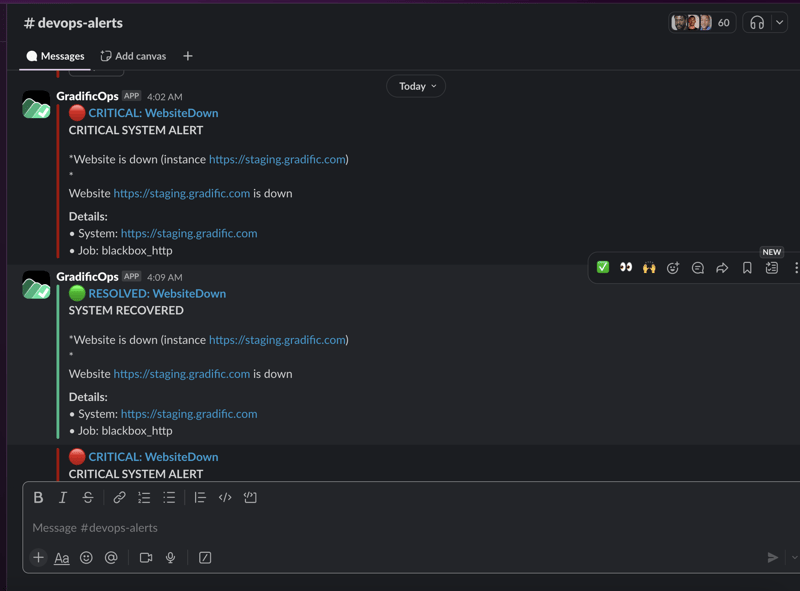FlowLite — a lightweight way to manage state in .NET without the pain
Managing state transitions in .NET applications — especially in domain-heavy, event-driven, or workflow-oriented systems — can quickly become complex and error-prone. Let’s break down the key challenges: Scattered Logic. In many real-world applications, state-related logic (e.g., when an order can be shipped or canceled) is scattered across services, handlers, and controllers. This leads to: Difficulty tracing business rules; Increased risk of breaking logic when requirements change; A steep learning curve for onboarding new developers. Lack of Structure. While .NET is a powerful platform, it lacks a native FSM (Finite State Machine) library. Developers often rely on if-else chains, switch statements, or even multiple methods and flags. This can cause: Duplicated logic; Inconsistent state behavior; Hidden bugs that are difficult to debug. Difficult Testing. Without a clean abstraction, testing state behavior often means spinning up full services or mocking multiple dependencies. A well-designed FSM can make transition logic easy to test and reason about. Concurrency Issues. In multi-threaded or asynchronous environments (like background workers or async pipelines), state transitions must be thread-safe to prevent race conditions or unpredictable behavior. Missing Auditability. Enterprise applications often need to track state changes — when and why transitions occur. Ad-hoc solutions don’t make this easy to implement or maintain. Why I Built FlowLite

Managing state transitions in .NET applications — especially in domain-heavy, event-driven, or workflow-oriented systems — can quickly become complex and error-prone. Let’s break down the key challenges:
-
Scattered Logic. In many real-world applications, state-related logic (e.g., when an order can be shipped or canceled) is scattered across services, handlers, and controllers. This leads to:
- Difficulty tracing business rules;
- Increased risk of breaking logic when requirements change;
- A steep learning curve for onboarding new developers.
-
Lack of Structure. While .NET is a powerful platform, it lacks a native FSM (Finite State Machine) library. Developers often rely on if-else chains, switch statements, or even multiple methods and flags. This can cause:
- Duplicated logic;
- Inconsistent state behavior;
- Hidden bugs that are difficult to debug.
- Difficult Testing. Without a clean abstraction, testing state behavior often means spinning up full services or mocking multiple dependencies. A well-designed FSM can make transition logic easy to test and reason about.
- Concurrency Issues. In multi-threaded or asynchronous environments (like background workers or async pipelines), state transitions must be thread-safe to prevent race conditions or unpredictable behavior.
- Missing Auditability. Enterprise applications often need to track state changes — when and why transitions occur. Ad-hoc solutions don’t make this easy to implement or maintain.











































































































































































![[The AI Show Episode 144]: ChatGPT’s New Memory, Shopify CEO’s Leaked “AI First” Memo, Google Cloud Next Releases, o3 and o4-mini Coming Soon & Llama 4’s Rocky Launch](https://www.marketingaiinstitute.com/hubfs/ep%20144%20cover.png)



































































































































![From fast food worker to cybersecurity engineer with Tae'lur Alexis [Podcast #169]](https://cdn.hashnode.com/res/hashnode/image/upload/v1745242807605/8a6cf71c-144f-4c91-9532-62d7c92c0f65.png?#)























![BPMN-procesmodellering [closed]](https://i.sstatic.net/l7l8q49F.png)




















































































.jpg?#)
.jpg?#)



































.webp?#)






























































































![CarPlay app with web browser for streaming video hits App Store [U]](https://i0.wp.com/9to5mac.com/wp-content/uploads/sites/6/2024/11/carplay-apple.jpeg?resize=1200%2C628&quality=82&strip=all&ssl=1)



![What’s new in Android’s April 2025 Google System Updates [U: 4/21]](https://i0.wp.com/9to5google.com/wp-content/uploads/sites/4/2025/01/google-play-services-3.jpg?resize=1200%2C628&quality=82&strip=all&ssl=1)











![Apple Releases iOS 18.5 Beta 3 and iPadOS 18.5 Beta 3 [Download]](https://www.iclarified.com/images/news/97076/97076/97076-640.jpg)
![Apple Seeds visionOS 2.5 Beta 3 to Developers [Download]](https://www.iclarified.com/images/news/97077/97077/97077-640.jpg)
![Apple Seeds tvOS 18.5 Beta 3 to Developers [Download]](https://www.iclarified.com/images/news/97078/97078/97078-640.jpg)
![Apple Seeds watchOS 11.5 Beta 3 to Developers [Download]](https://www.iclarified.com/images/news/97079/97079/97079-640.jpg)





























































































































